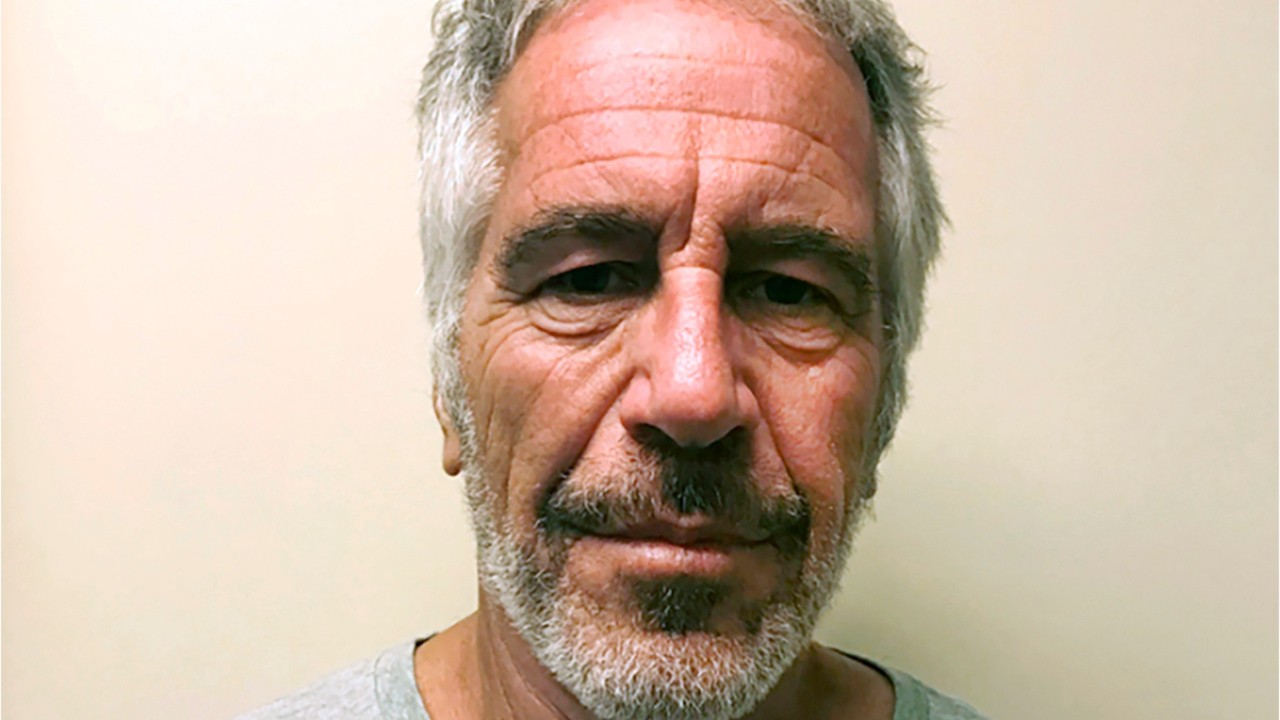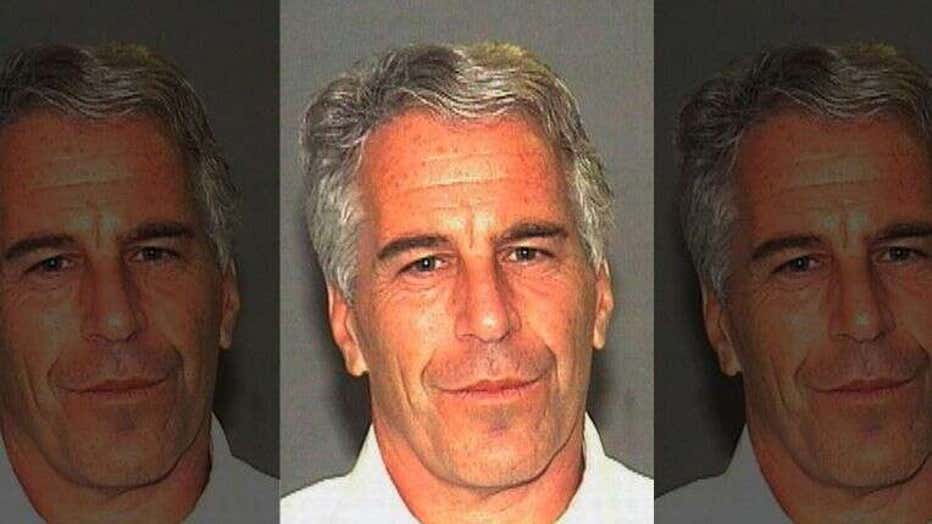Jeffrey Epstein's autopsy more consistent with homicidal strangulation than suicide, Dr. Michael Baden reveals

Pioneering forensic pathologist says Epstein autopsy more consistent with homicidal strangulation
Dr. Michael Baden, who was hired by Epstein’s brother and observed the autopsy, said it's findings are more consistent with homicidal strangulation than suicidal hanging.
NEW YORK - The body of disgraced money man and sex offender Jeffrey Epstein, who was found dead in his Manhattan federal prison cell in August, bore telltale signs of homicide despite an official ruling that he killed himself, a pioneering forensic pathologist revealed to “Fox & Friends” in an exclusive interview Wednesday.
The bombshell claim by Dr. Michael Baden, a former New York City medical examiner who has worked on high-profile cases during a five-decade medical career, is certain to reignite suspicions that surfaced immediately after Epstein, who was awaiting trial on federal sex-trafficking charges involving underage girls, was discovered dead in his cell on Aug. 10.

Jeffrey Epstein is pictured in an undated photo. (Photo credit: Provided / FBI)
Baden, who was hired by Epstein’s brother and observed the autopsy, told Fox News its findings are more consistent with homicidal strangulation than suicidal hanging. He noted that the 66-year-old Epstein had two fractures on the left and right sides of his larynx, specifically the thyroid cartilage or Adam’s apple, as well as one fracture on the left hyoid bone above the Adam’s apple, Baden told Fox News.
“Those three fractures are extremely unusual in suicidal hangings and could occur much more commonly in homicidal strangulation,” Baden, who is also a Fox News contributor, said.
While there’s not enough information to be conclusive yet, the three fractures were “rare,” said Baden, who's probed cases involving O.J. Simpson, President John F. Kennedy, Martin Luther King, record producer Phil Spector, New England Patriots star Aaron Hernandez and many others.
“I’ve not seen in 50 years where that occurred in a suicidal hanging case,” the 85-year-old medical legend told Fox News.
Baden, who's examined more than 20,000 bodies and hosted HBO's "Autopsy," explained that if a person weighed 120 pounds and their head weighed 10 pounds, there would be 110 pounds of pressure on the neck at the jaw during a hanging. But, if someone put a hand around a person's neck and squeezed, that could double or even triple the pressure on the neck, Baden said.
There were also hemorrhages in Epstein’s eyes that were common in homicidal strangulation and uncommon, though not unheard of, in suicidal hangings, the forensic pathologist said.
“The prominent hemorrhage in the soft tissues of the neck next to the fractures is evidence of a fresh neck compression that could have caused the death,” Baden said.
Baden stressed his independent study was not complete. “The investigation is not completed until all the information has come in,” he said.
Epstein was found hanging in his prison cell at the high-security Metropolitan Correctional Center in Manhattan and was later declared dead, investigators said.
Prosecutors alleged that the previously convicted sex offender paid girls as young as 14 hundreds of dollars for massages before he molested them in his homes in New York and Palm Beach, Fla., between 2002 and 2005. He was awaiting trial in federal prison, thus federal agencies -- presumably the FBI and Justice Department -- had jurisdiction over the investigation into his death, Baden explained.
He said it was unknown to him and the Epstein family what work the feds may have done and what results they might have.
The ligature, or item used to tie something tightly, allegedly was made from a sheet that had been twisted and put around Epstein’s neck, Baden said. Evidence on the cloth material could help prove whether or not someone else was involved in Epstein's death.
“Whoever it is would have their DNA all over the ligature,” he said. “We don’t have those results yet,” he added, saying those results “should be reported quickly to give an idea and lessen the speculation.”
New York City Medical Examiner Barbara Sampson ruled Epstein’s cause of death to be a suicide by hanging.
“It appears that this could have been a mistake,” Baden said. “There’s evidence here of homicide that should be investigated, to see if it is or isn’t homicide.”
Epstein previously was discovered on July 23 -- over two weeks before his death -- on the floor of his prison cell with marks around his neck, after which he was placed on suicide watch.
He was taken off suicide watch a week later and put in another cell with a roommate, Baden said -- but the second inmate was taken out a few days after that, leaving Epstein alone in the cell.
On the day Epstein was found dead, the prison security had experienced a “total breakdown” in procedure, according to Baden.
“It was determined that the two guards who were supposed to be working in that area of the prison had allegedly fallen asleep and hadn’t made their 30-minute rounds for more than 3 hours,” he said.
Then there were security cameras that were supposed to be recording the cell and the hallway outside, to see who went in and out. Both apparently had malfunctioned, according to Baden.
Mark Epstein, Jeffrey’s next of kin, had hired Baden to perform an independent investigation because the family wasn’t getting answers -- and if his brother’s death was, in fact, a homicide, “he and others may be at risk,” Baden said, “because of somebody not wanting knowledge given out.”
Through his five decades of experience, Epstein’s death is not straightforward, Baden said.
“It doesn’t give you the answer," he said. "It's not a typical hanging case.”

